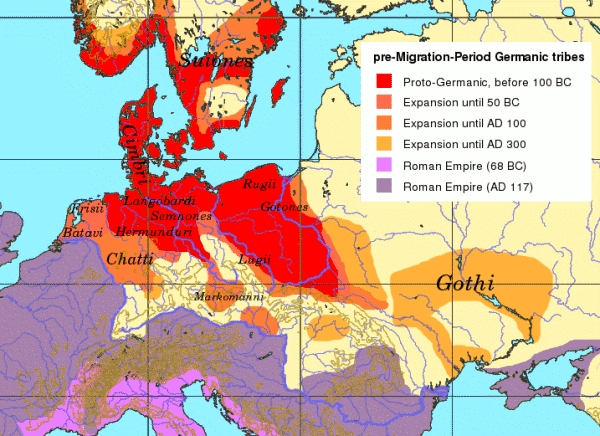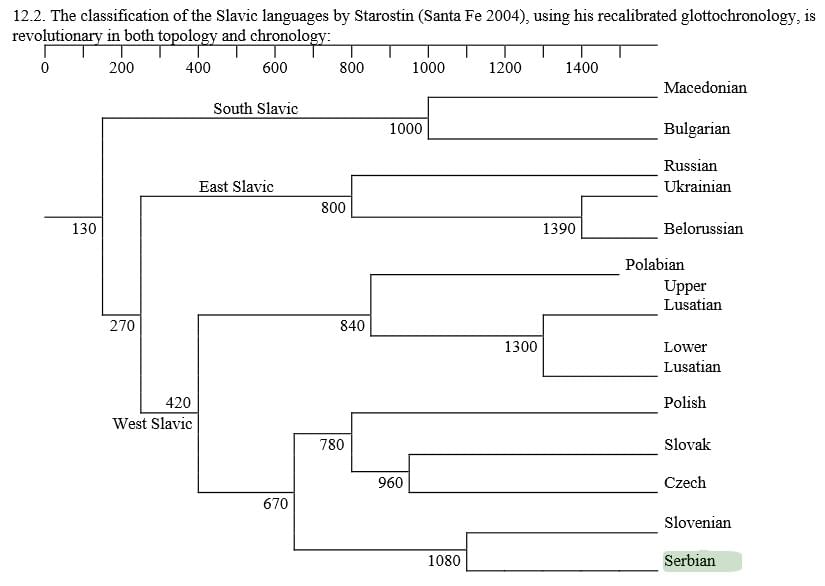North America:
It was pretty difficult to find good stats for the Dutch possessions of Eustasius, Aruba, Saba, Curacao, Sint Maarten and Bonaire so they'll have to be included in the general Dutch (European) category, but from what I read they're not exactly white enclaves or very populous, so it doesn't really matter. North America has 4 majority European independent countries - Canada, the US, Costa Rica and Cuba. Puerto Rico says it's 3/4 European but we all know they have identity issues, and genetic results seem to suggest their ethnic European provenance is lower than 75% on average. The results range from less than half a percentage point for the Commonwealth realm of Grenada to probably everyone in the French overseas department of
St Pierre et Miquelon.
6,082
~100% St. Pierre et Miquelon (French Overseas Department)
8,100
~90% Saint Barthelemy (French, 2011 estimates)
25,186,890
76.7% Canada (2011 census). Mixed Race (Multiracial + Latin American) 553,115
1.7%
2,733,005
75.6%Puerto Rico (US, 2010 Census, 2013 US estimates). Mixed race officially 3.3%. This is considered to be overreported for cultural reasons. However European blood is 66% on average and found in 98% of Puerto Riquenses.
223,553,265
72.4% USA (2010 census). Mixed Race (Two or more races) 9,009,073
2.9%
2,831,382
65.8% Costa Rica. Mixed race (Mestizo, Mulatto) 788,709
20.37%
7,080,713
64.01% Cuba (2012 Census). Mixed race (Mestizo, Mulatto) 2,942,462
26.6
19,913
31% Bermuda (UK) (2010 census). Mixed race (Mulatto) 8,351
13%
11,346
20% Cayman Islands (UK, 2011). Mixed race (Black/White) 22,693
40%
2,845,210
18% Guatemala (2012). Mixed race (Mestizo) 6,638,803
42%
1,964,810
17% Nicaragua (World Factbook, 2007). Mixed race (Mestizo) 2,915,955
69%
1,602,720
16% Dominican Republic (2012 World Factbook). Mixed raced (Mulatto) 7,312,410
72%
16,599
15.6% Virgin Islands (US, 2010 census). Mixed race (Mulatto) 2,234
2.1%
14,799,382
12.5% Mexico (average of high and low estimates from Britannica and the CIA World Factbook). Mixed race (Mestizo) 69,732,568
60%
804,202
12% El Salvador (Wikipedia). Mixed race (Mestizo) 5,221,775
86%
45,939
12% The Bahamas (2012 census). Mixed race included as blacks (85%, as in America, most blacks will be mixed race to some degree)
6,266
11% Greenland (Denmark, 2009)
27,928
9.2% Belize (2010 census, White, German Mennonite, and Other White). Mixed race (Mestizo, Creole, and Mixed) 232,925
77.7%
36,517
9% Guadeloupe (France, 2006 World Factbook estimates) Creolles counted amongst blacks, probably very high
2,520
8% Turks and Caicos (UK) 2012 Census. Mixed race: unrecorded.
2,300
7.5% Saint Martin (France, CIA world factbook, estimates) Mestizos numerous
257,460
7% Panama. Mixed race (Metizo, Mulatto) 3,054,000
80%
2,100
7% Virgin Islands (UK, 2001 and 2010 censuses). Mixed race nonspecified.
19,825
5% Martinique (French Overseas Department, 2009)
4,130
4% St Vincent & the Grenadines (2013 World Factbook). Mixed race 19,611
19%
11,283
4% Barbados (CIA World Factbook estimate). Mixed race unknown.
542
3.74% Anguilla (UK, 2001 census). Mixed race 661
4.65%
153
3% Montserrat (UK, 2001 census). Mixed race (Mulatto) 148
2.9%
1,019
2.2 St Kitts & Nevis (2001 census). Mixed race (Mulatto) 1,019
2.2%
1,652
1.9% Antigua & Barbuda (2011 census). Mixed race (Mulatto) 3,825
4.4%
34,670
1.2%Jamaica (2012 census). Mixed race: unrecorded. Mixed Jamaicans report themselves as 'black.' 92.4% of Jamaicans are 'black' but they're mostly admixed to some degree.
81,436
1% Honduras (World Factbook, 2011). Mixed race (Mestizo) 8,052,128
90%
99,967
1% Haiti (2014 estimates). Mixed race (Mulatto) 999,673
10%
570
0.8% Dominica (2014 census). Mixed race (Mulatto) 13,546
19%
8,669
0.65% Trinidad & Tobago (2011 census). Mixed race (various) 302,788
22.8%
991
0.6% St Lucia (2010 census). Mixed race (Mulatto) 17,965
10.8%
413
0.4% Grenada (2001 census). Mixed race (Mulato) 8,457
8.2%
284,089,969
This is about 54% of the population of North America but bear in mind most of the rest are part-European, including most African-Americans and Afro-Caribbeans, which is serious population displacement for a continent that was 0% European in 1492.
South America:
There's a general perception that Argentines like to overstate their European blood. This perception is pretty accurate as Argentines think they're 97% European when the average Argentine is only 79% European by blood (though of course most Argentines are European, it's just definitely not as high as 97%). A similar phenomenon is true for Uruguay. On the other hand, in Brazil and Venezuela and other places, people seem to be pretty honest, even a bit strict (some Brazilian pardos are 90%+ European and the average is in the 70s) about declaring themselves to be European.
2,962
~100% Falkland Islands (2012 census, World Factbook) though many will have minor Amerind admix from Chilean ancestors, also South Georgia and South Sandwich Islands/British Antarctic Territory
39,919,640
97% Argentina (2010 census, World Factbook but the average Argentine is only 79% European so this should be taken with a pinch of salt)
3,055,683
90.7% Uruguay (2011 census). Mixed race 202,140
6%
91,051,646
47.73% Brazil (2010 census). Mixed race (pardo) 82,277,333
43.13%
12,620,500
43.6% Venezuela (2011 census). Mixed race (Mestizo) 14,936,188
51.6%. Unlike Puerto Rico, European genes are much higher than reported ancestry at around 60.6%.
17,703,079
37% Colombia (2005 census). Mixed race (Mestizo) 23,444,618
49%. Average European blood: 65%
4,534,931
30% Chile (University of Chile estimates, self-reporting is much higher). Mixed race (Mestizo) 9,825,683
65%
537,245
18.5% Peru (Universia, Poblacion de Peru). Mixed race (Mestizo) 13,666,190
47%
1,583,415
15% Bolivia (2010, World Factbook CIA). Mixed race (Mestizo) 3,166,831
30%
35,003
14% French Guinea (France, estimates). Mixed race 175,013
70%
928,644
6.1% Ecuador (2010 census). Mixed race (Mestizo) 10,945,826
71/9%
193,350
3% Paraguay (2011 world factbook - other estimates as high as 20%). Mixed race (mestizo) 6,122,750
95%
2,264
0.5% Suriname (2004 census). Mixed race (maroons, creolle, mixed) 274,850
50.8%
1,974
0.3% Guyana (2002 census). Mixed race 125,727
16.7%
172,170,336
This is about 44% of the continent but again, there are very few people without at least some European ancestry.











